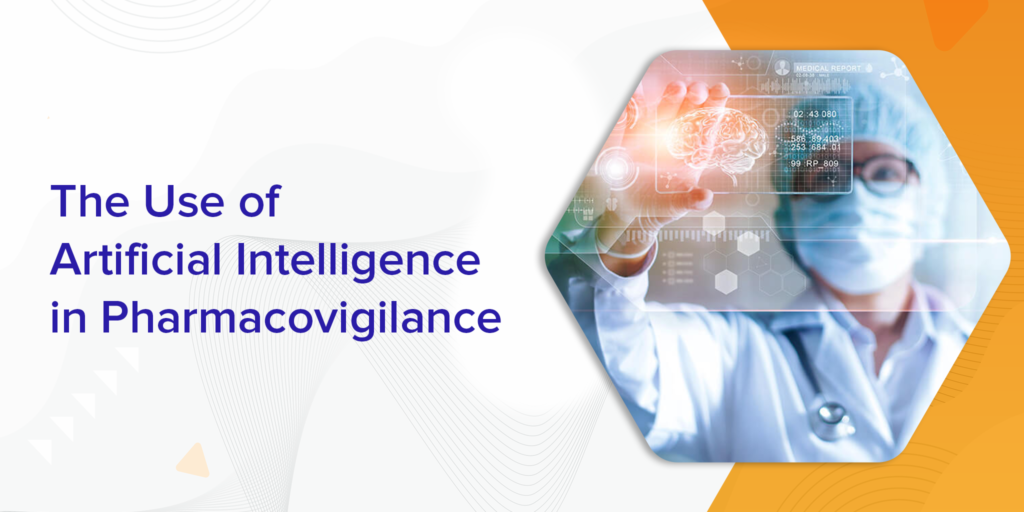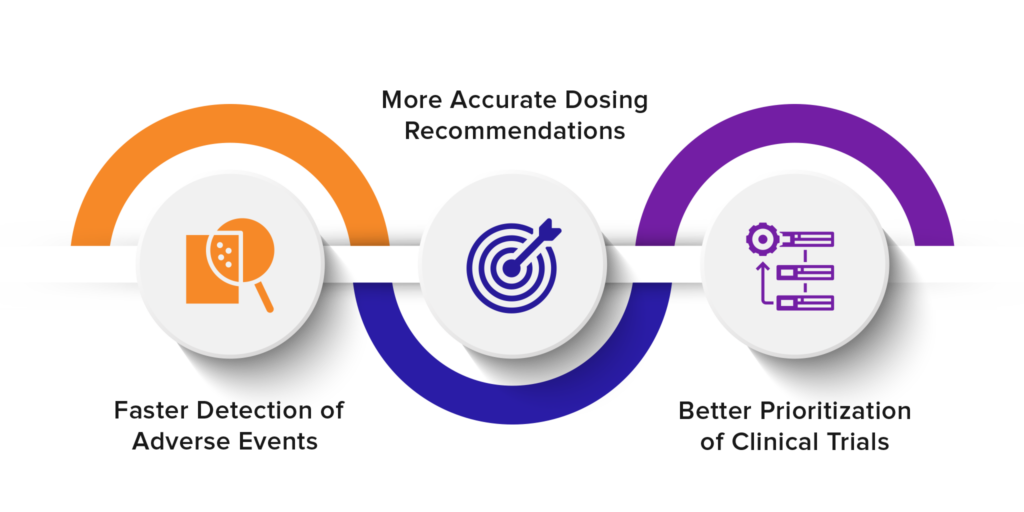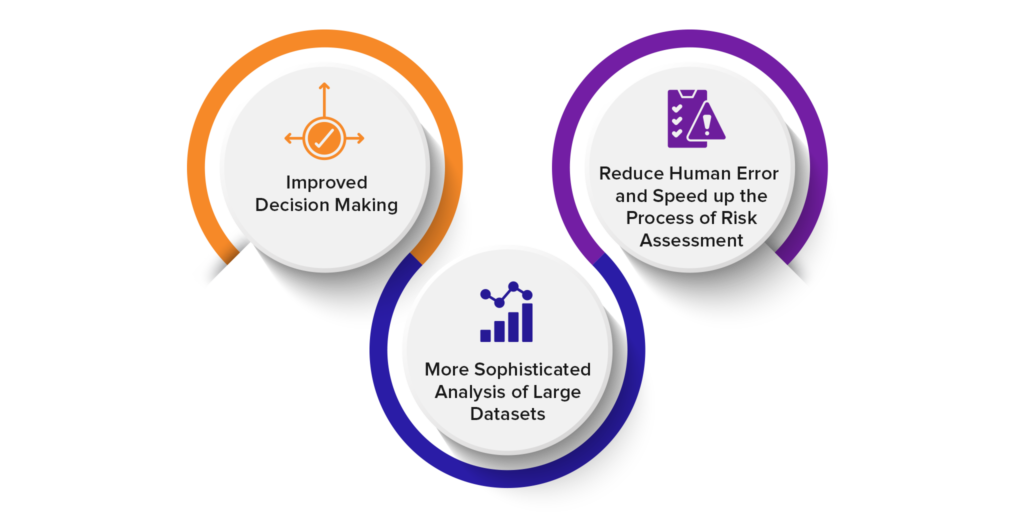
Pharmacovigilance is the practice of protecting public health by detecting, assessing, and managing potential adverse drug reactions (ADRs). To achieve this, pharmacovigilance professionals need a comprehensive understanding of drug safety data and how it can be used to mitigate risk. However, due to its sensitive nature and regulatory requirements, pharmacovigilance data is not always accessible or reliable. As a result, artificial intelligence (AI) has been identified as a potential solution to assist in the processing of pharmacovigilance data. This blog will highlight the use of AI in pharmacovigilance and discuss its opportunities and challenges.
Artificial Intelligence in Pharmacovigilance

Artificial intelligence (AI) is a rapidly growing field of technology that has a lot of potential in pharmacovigilance. As AI continues to develop, it will play an even bigger role in drug safety monitoring and adverse event detection. Some of the benefits of using AI in pharmacovigilance include faster detection of adverse events, more accurate dosing recommendations, and better prioritization of clinical trials. AI is being used increasingly to help with pharmacovigilance – the area of drug safety monitoring. The use of machine learning algorithms that are trained on large data sets from real-world experiments is a good example of how AI is being used to improve pharmacovigilance.
Need of Artificial Intelligence in Pharmacovigilance
Artificial intelligence (AI) is a technology that has been widely used in several industries and has proven to be a valuable tool in several fields. One such field is pharmacovigilance. In pharmacovigilance, AI offers considerable advantages over human experts when it comes to data mining and regulatory compliance. For example, it can help to speed up the process of assembling a risk assessment, and lead to improved patient safety. AI can also play an important role in the detection and classification of adverse drug reactions (ADRs). With the growing demand for AI-enabled pharmacovigilance, organisations should consider implementing it to obtain the most out of its potential.
Opportunities for Artificial Intelligence in Pharmacovigilance
Artificial intelligence (AI) is making a significant impact in pharmacovigilance. Advances in natural language understanding and image recognition allow AI to improve the quality of data received from drug studies, leading to improved decision making when it comes to drug safety. Further developments in big data analytics and cloud-based pharmacovigilance platforms will enable more sophisticated analysis of large datasets. The use of artificial intelligence can help reduce human error and speed up the process of risk assessment. AI can analyze large amounts of data to identify patterns and trends, which can help humans make better decisions more quickly. With the rapid expansion of AI and machine learning, there are many opportunities to apply these technologies in Pharmacovigilance. Industry is looking for integrated solution that allows them to manage end-to-end pharmacovigilance tapping into hidden data and using automation for efficiency.

Challenges of Using AI in Pharmacovigilance
Pharmacovigilance is a critical and essential function in healthcare. However, the use of artificial intelligence (AI) in this field is still a relatively new and developing field. One of the main challenges in adopting to AI is availability of structured and curated data for training the software to identify potential drug safety issues. Additionally, there are privacy concerns with using AI for pharmacovigilance, as data could potentially be used for other purposes without consent from individuals involved.

Some other issues that need to be considered when deploying AI in drug safety monitoring are data quality, machine learning algorithms and data processing. Data quality can be improved by Oversight of data management and data quality assurance processes. Machine learning algorithms can be improved by incorporating a human intelligence module into the system. Data processing can be improved by using a machine learning algorithm that is robust to missing data.
With the continued development of AI and the advancement of data-driven algorithms, it is likely that pharmacovigilance will overcome increasingly rely on AI in the coming years.
Conclusion
Artificial intelligence has a lot of potential to play a role in pharmacovigilance, and with the right application, it can help identify potential drug safety risks and adverse drug reactions earlier. However, there are a number of challenges that need to be addressed before AI can be fully adopted in this field. This blog has outlined the key aspects of AI in pharmacovigilance and provided a summary of the current needs and opportunities for its use.
Stay tuned for more industry and technology updates on such exciting development!
About us:
Datafoundry was founded in 2016 with the goal of simplifying data-driven business operations, by making data more accessible and easier to extract insights. We provide automation and digital transformation solutions for the life sciences and healthcare industry. Our team comprises of domain experts, data scientists and AI/ML innovators focusing on insights and automations for better health outcomes. Our flagship product DF mSafety AI won India’s most prestigious AI award recently for Life Sciences. Team Datafoundry takes pride in enabling our customers to succeed – in a faster, compliant, scalable and secure manner.

